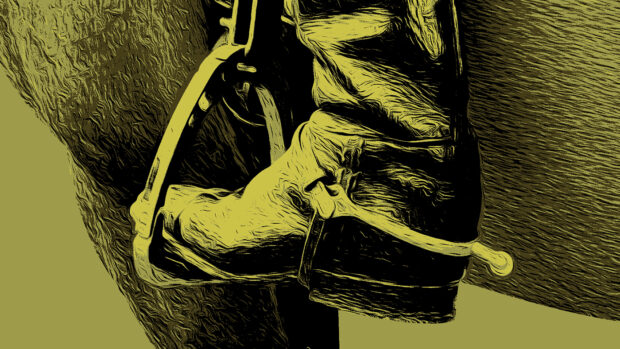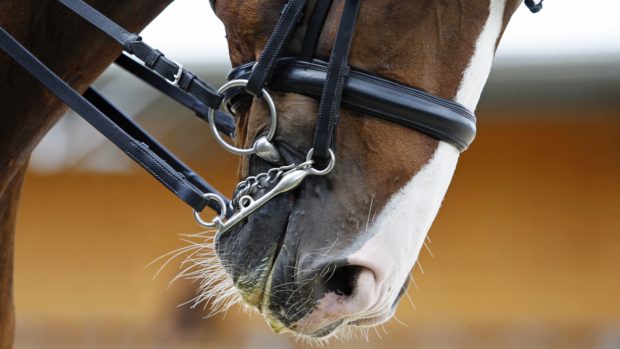A LEADING vet has aired cautious hope that targeted hyposensitivity testing is having a “very deterrent effect” in endurance.
FEI veterinary director Göran Åkerström shared the news of the “very successful control programme” at the federation’s general assembly last week (14–17 November).
He said the programme, which ran across 2020 and 2021, was designed to protect horses from being nerve blocked before or during rides.
A total of 395 horses were examined at FEI events, with 452 examinations. Of these, four positive cases were found.
“It’s been a really, really useful tool and the reactions from the endurance community have been very positive,” said Mr Åkerström.
“What we understand from chefs d’equipe, trainers, riders and officials is that this has changed mentality and attitudes at the events and has had a very deterrent effect on these matters.”
He added that the programme has been a “real success”, giving the example that in Jordan, athletes were asking for their horses to be checked, even if they were not selected for testing.
“So far, it’s really good and we’ll keep on rolling this out,” he said.
Hyposensitivity testing involves monitoring a horse’s reaction when pressure is applied to a limb using a blunt “pin” in three separate tests. If a horse does not react to a set level of pressure in these tests, he is marked as hyposensitive and disqualified. This leads to a mandatory four-week stand-down period from competition for the horse, plus dope-testing to check for nerve-blocking agents, among other possible substances.
Mr Åkerström confirmed the four who failed the hyposensitivity testing had “no such findings”. But in cases where desensitising agents are discovered, this can lead to the FEI opening an abuse case.
Nerve blocks have a use in veterinary medicine, but are strictly prohibited in competition owing to the serious associated welfare risks. In a nutshell, they mask a horse’s natural warning system (lameness), which is useful when trying to establish the source of an injury in a horse. But when used incorrectly, such as in horses taking part in endurance rides, they have the potential to hide signs of lameness, which can lead to catastrophic injuries.
Other major news included a scientific breakthrough on glanders testing. This looks likely to be particularly significant for those transporting horses to nations that require a glanders test, such as the US.
“We have suspected for some time that there are regional variants of this bacteria and that has meant that not all the analytical labs have been able to detect all types of bacteria,” said Mr Åkerström.
“This is really concerning as it creates a distrust between countries. And now there has been a breakthrough. There is evidence that there are differences and this means that we can move on. There is also a new test method that is easy to use, as we understand, and is waiting just to be evaluated.”
You might also be interested in:

Endurance rider whipped horse ‘because it was lonely’
The ‘promising young rider’ used an extra pair of reins to hit his horse

Disappointment as ban overturned for rider of horse who suffered fatal fracture in competition *H&H Plus*

Clipping legs at shows no longer allowed under FEI rules

Subscribe to Horse & Hound magazine today – and enjoy unlimited website access all year round
Horse & Hound magazine, out every Thursday, is packed with all the latest news and reports, as well as interviews, specials, nostalgia, vet and training advice. Find how you can enjoy the magazine delivered to your door every week, plus options to upgrade your subscription to access our online service that brings you breaking news and reports as well as other benefits.





